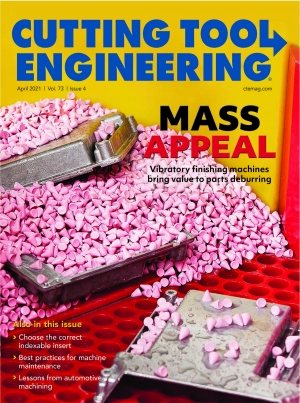A recent New York Times article about the growing electric car market brought to mind a heated discussion I got into with one of the dads from my daughter’s Indian Princess group about a decade ago. Let’s call him Jack.
On a slow morning during a weekend outing, Jack predicted that self-driving cars — as in autonomous ones without a steering wheel — would be commonplace in five to 10 years.
Being the sort of person who doesn’t have the filter that others do, I told Jack he was nuts. At that, he informed me that there were already self-driving cars on the road, and he proceeded to educate me about the technological progress being made. Although I agreed with him about the advancements, I only upset him more when I said there was no way that the general public would accept self-driving cars as quickly as he imagined.
To Jack, the matter was strictly about technology. To me, the issue was about self-preservation. As I said then and still say today, I will not get into a car controlled by a computer until all cars on the road are computer-controlled. I just don’t trust other drivers.
Jack told me I was crazy because if I ever had flown on an airplane, I already had entrusted my life to a computer. Sure, planes fly using automatic pilot all the time, but I reminded him that they still have pilots.
Now you might be thinking that there are many self-driving cars on the road today. That’s true, but you still can drive them manually. Big difference. Also, they’re still not commonplace.
All of which brings me to the March 10 article in The New York Times, “Electric Cars Are Coming. How Long Until They Rule the Road?” By 2035, the story noted, analysts predict that electric vehicles could make up a quarter of new car sales. Even then, “only 13% of vehicles on the road would be electric.”
Even when electric vehicles are expected to account for 60% of new car sales in 30 years, the article noted that most cars on the road still would run on gas.
While you can think what you want about these predictions, what strikes me is just how many curveballs will be thrown at the manufacturing process over the next 30 years. Automotive manufacturing certainly will be full of exciting technological challenges.
Let’s all just hope that the powers that be don’t forget to ask machinists for input. That’s something Christopher Tate eloquently encourages in his article “Shift Gears” of the April issue. It’s a great read.
One final thought: Would you fly on an airplane with only a computer for a pilot?








